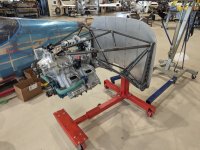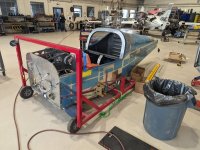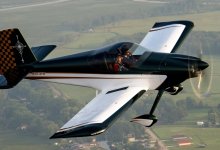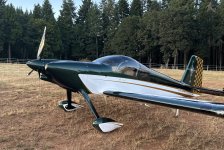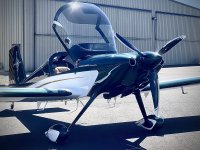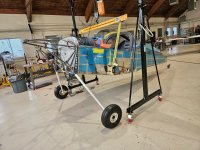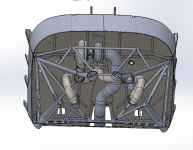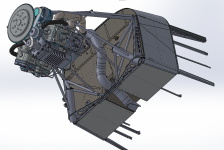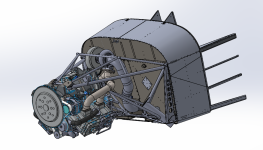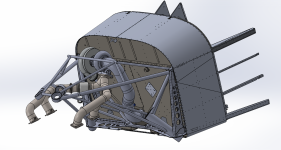Aircraft Specialty
Well Known Member
Craig,
Thanks for taking this project on. I am wishing you success big time! I am on my RV-14 wing kit now, getting ready to finish my tanks this month. Will probably hold off installing the rear baffles just in case I need to move the vent line to make room for a larger Jet-A frange/cap. Two questions (for now, I’m sure I will have more)…..Do you think the first DeltaHawk RV-14 engine mount kit be for the 14 or the 14A? Should I keep the return fuel line on the tank where it is currently depicted on the plans?
Respectfully,
Mike Yankovich
Mike,
The current fuel return line location on the plans would be a good place to start. We already have a full duplex drop in installation for the RV14/A built around an Andair Duplex valve. Currently this setup is utilized for SDS/EFII..... Forward of the valve would be different for an installation like this, but aft of the valve should be very similar.
Steve



